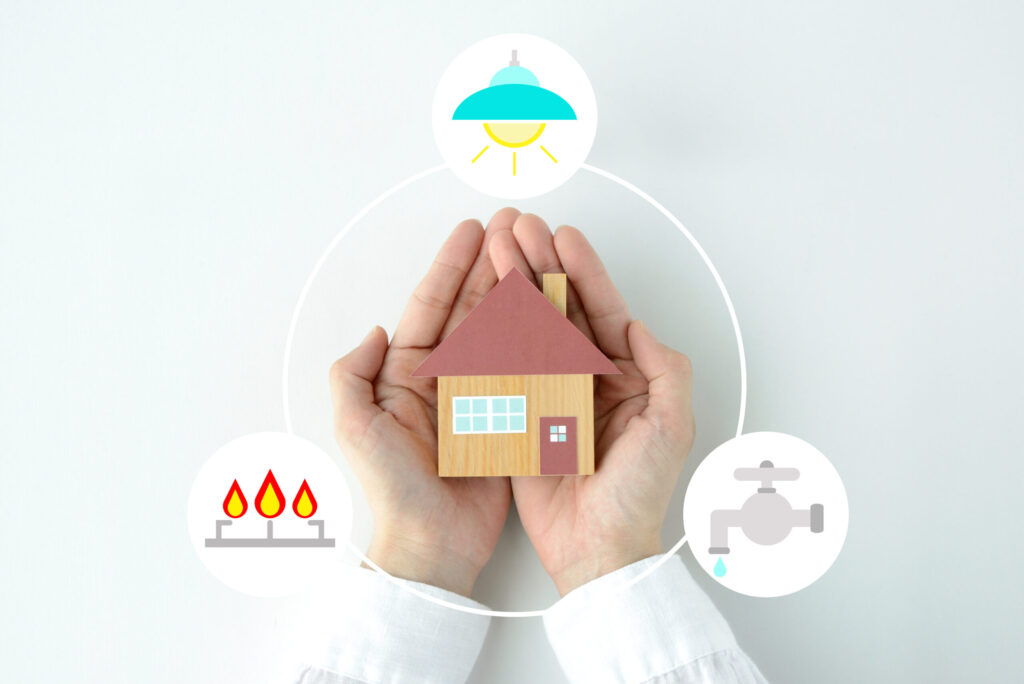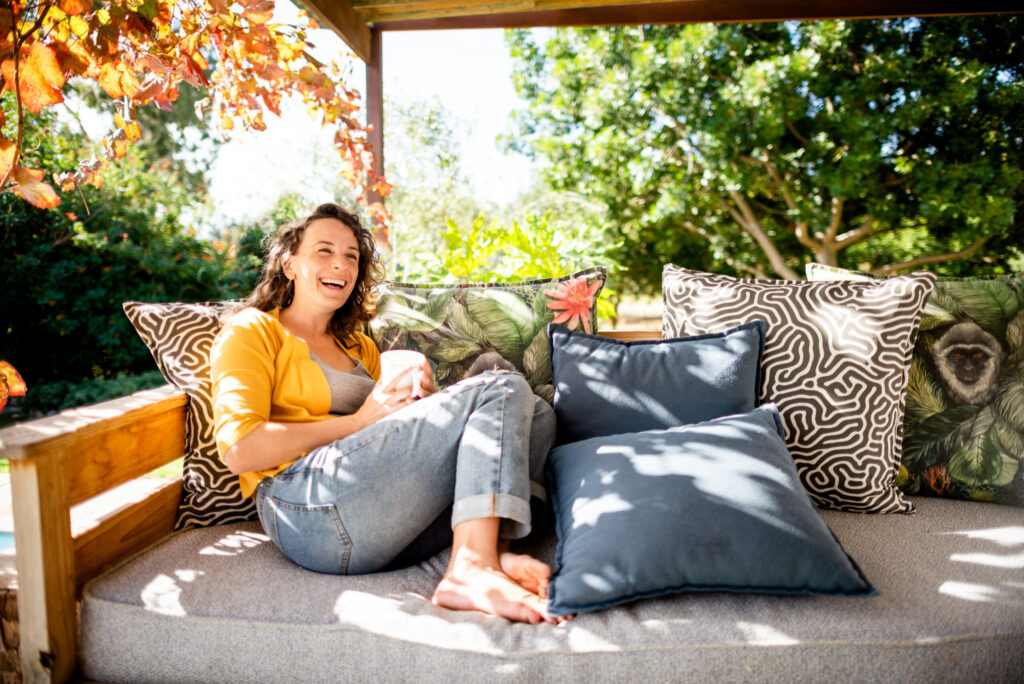Pool Enclosures: Do I Need One?
Home > Pool Enclosures: Do I Need One?
You spend the whole summer by the pool, as do your kids, their friends, relatives, and every bug and insect in your district. Yet, only you fully understand the work hours put into pool maintenance; skimming, brushing, vacuuming, filter cleaning, and PH balance maintenance.
Your pool becomes the focal point of the summer, your salon, your refreshing oasis to dip into while the sun beats down. So, to make your pool more enjoyable with less maintenance, you consider a pool enclosure.
You’re here to learn more about these screened enclosures, what they are exactly, how you install one, and whether it’s worth your while (and wallet) to install one.
The short answer is yes; they are worth it. But if you need more convincing, then read on!
What are screened-in pool enclosures?

A pool enclosure is a structure built around your pool. It’s an extension to your home with your back door opening directly into your enclosed pool area. It’s like a three-season room but with a pool in the middle!
Better yet, your pool is now accessible year-round. Rather than open it up for the summer months, you can enjoy a few laps every morning – rain, snow, or sunshine.
Some families like inflatable bubbles over their pools, but at Screenmobile, we prefer the simplicity and elegance of traditional screens.
Advantages of a Screen-Enclosed Pool
There are more advantages than not to installing screen enclosures—primarily maintenance and livelihood.
- Prevents bugs
- Deters fallen leaves and other natural debris
- Blocks harmful UV rays
- Accessible year-round
- Prohibits uninvited swimmers
- Boosts home value
Prevents bugs
The mesh used on the screens is top of the range and designed specifically to block pests and insects. Wasps, mosquitos, and crane flies are the main guys who like to crash your pool parties. You spend your time lying next to your pool, swatting away these uninvited guests, and the evenings/mornings skimming them out of your pool.
Deters fallen leaves and other natural debris
We all like nature, but we’re not fans of leaves and other debris being swished around by the wind. Especially when it lands in your pool, it dirties the water, and you find yourself pouring in more chlorine than you would prefer. Another huge maintenance factor that screened pool enclosures helps with.
Blocks harmful UV rays
Depending on the type of screen you choose, you can have adequate protection from the sun. Install your solar shades into any custom design. A one-percent opacity in a high sun area can help block up to 99% of harmful UV rays. Perfect for looking after your family’s health. They provide privacy from passers-by.
Accessible year-round
A screened-in pool can now be considered an indoor pool! Ever wanted to swim under the rain and not get wet? The music of the drops drumming against your screened ceiling can be pretty meditative while you swim a few laps. It’s a nice feature for when you have guests staying. It’s also convenient for Spring when the sun starts to peak out but days are still cold – traditionally, you’d keep your pool closed until summer, but now, no need to.
Prohibits uninvited swimmers
Ever worry about your home security while you’re away on vacation? Sure, everyone worries. Opened pools are often the target for local kids to come and mess about. Aside from the danger, you don’t like the idea of other people using your pool.
Boosts the value of your home
You can boast an indoor swimming pool that adds massive value to your home. You will bring up the value of your neighborhood, attract better neighbors, and have a better selling price if you do choose to sell. Realtors highly regard extra rooms and floor space, so do it right and profit in the long run.
What to Consider When Screening in Your Pool
There are a couple of factors to consider when assessing your new project.
- Cost – how much budget do you have? Screens are cheaper than inflatable bubbles, with retractable screens asking for that bit more. However, consider this cost as an investment— for your family’s comfort, health, and overall house value.
- Space – if you don’t have a lot of space around your pool, a screened enclosure can become complicated. You might not be able to access certain sides of your pool, you’ll lose lounging space, and it will look cramped.
- Orientation – depending on where exactly your pool is in regards to the direction of your home, you can discover better installing solar shades on one side, for example, and retractable shades on the other side.
- Frequent users – is the pool used by everyone, friends, and relatives included or just your family? This is important because you will reconsider direct access from the house if everyone is to be using it. It might be easier to have an access door away from the house to reduce noise and traffic through your home.
Together these points will determine what type of enclosure to use, which materials and fabrics will be best, and how big it will be.
Your Screenmobile technician can help you with all these points, so don’t hesitate to reach out.
Advantages of an Open Air pool
So there we have it, an outdoor screened pool where you can reap summer’s advantages without the bugs and leaves (and harmful UV rays). Indoor pools are ridiculously expensive to install and costly to run. Indoor pools are also more likely to build up condensation and mold.
With your new outdoor enclosed pool, you can:
- Enjoy a summer breeze
- Cool off in your pool
- Tan yourself
- Lounge with a book
- Do aqua-sport
All of this without the hassle of bugs, insects, debris (leaves, etc.), harmful UV rays, and too-regular pool maintenance.
Contact your local Screenmobile franchise today and have your pool ready for this summer.
NOTE: Pool screen enclosures aren’t designed to keep children or pets out of pool areas. Please take the same safety precautions you would around a pool that hasn’t been enclosed and never leave children unattended near water.
We are America's Neighborhood Screen Stores®
Request a Free Estimate
Complete the form below, and we will contact you to arrange a free estimate for your home.
Screenmobile.com uses cookies to improve your experience on our website. These cookies help analyze our site traffic, understand where our visitors are coming from, and may share your information with partner companies. By browsing our website, you agree to our use of cookies. Learn More.
Don’t Miss Our Latest News and Ideas for Your Home
Use the button below to sign-up for our newsletter.



